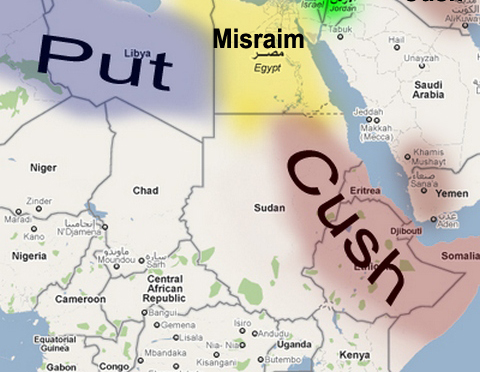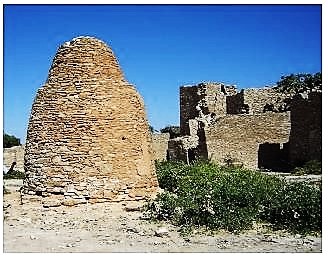To add to that, Nimrod who was the son of Cush was said to have founded Babylon. As you know, it was part of Mesopotamia. Therefor, the earliest founders of civilization were CushitesI'm glad you brought the Banu Hashim story. I was actually thinking of making a thread, that will finally put that story to rest/inform people. To begin, you first have to know who Ismail was. Ismail (Ishmael), was Semitic/Sumerian on his father’s side and Egyptian on his mother’s(Hamitic). 2nd, who were the Sumerians?
The earliest civilization of Mesopotamia was that of the Sumerians. They are designated in the Assyrio-Babylonian inscriptions as the black-heads or black-faced people, and they are shown on the monuments as beardless and with shaven heads. This easily distinguishes them from the Semitic Babylonians, who are shown with beards and long hair. From the myths and traditions of the Babylonians we learn that their culture came originally from the south. Sir Henry Rawlinson concluded from this and other evidence that the first civilized inhabitants of Sumer and Akkad were immigrants from the African Ethiopia. John D. Baldwin, the American Orientalist, on the other hand, claims that since ancient Arabia was also known as Ethiopia, they could have just as well come from that country. https://warlockasyluminternationaln...tity-of-the-sumerians-as-seen-in-ancient-art/
View attachment 51180
Hajr was the daughter of Egyptian king and second wife of Abraham she was gifted to prophet Abraham from the king of Egypt. (Wikipedia). That's that origin of Ismail.
Simply put, the "Banu Hashim clan, are a mixture of Hamitic and Semitic(but more on the Hamitic side). SO TO END ALL THIS. THE STORIES COULD BE TRUE.

This is lost ancient history that most do not know ans those that write the history books would prefer to stay hidden. It is important because it will help empower the next generation. They will know their roots and what they are truly capable of. However, this is what Eurocentric modern historians fear most.
That is exactly why I am confused. Why would Cushites have a kingdom called Punt??? Their brothers already have that name.Abaayo, Phut are Berbers modern day Libyans. Punt associated with Cushites especially ancient Somalis.
This map is not 100% correct but it shows you where Phut is located.

Cushites founding the kingdom of Kush is more plausible imo. Something is wrong here regarding the land of Punt
Either the name or the kingdom itself is misatributed.













